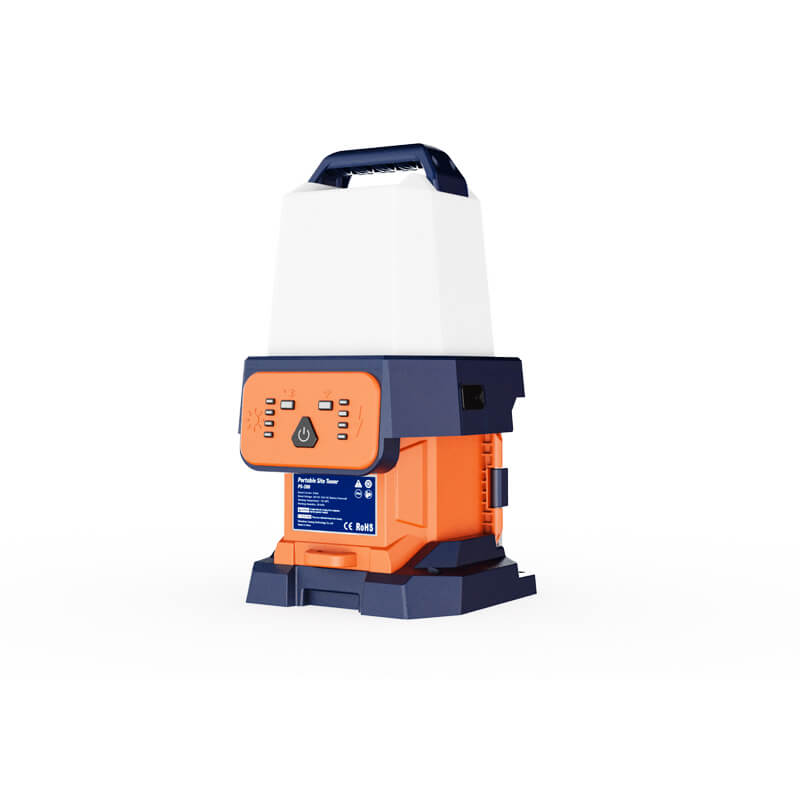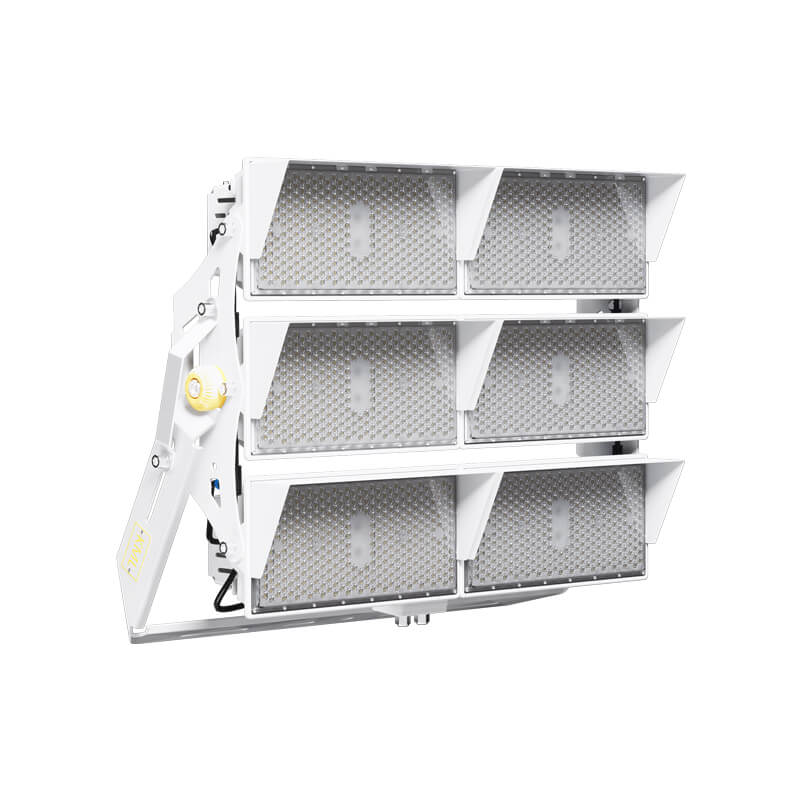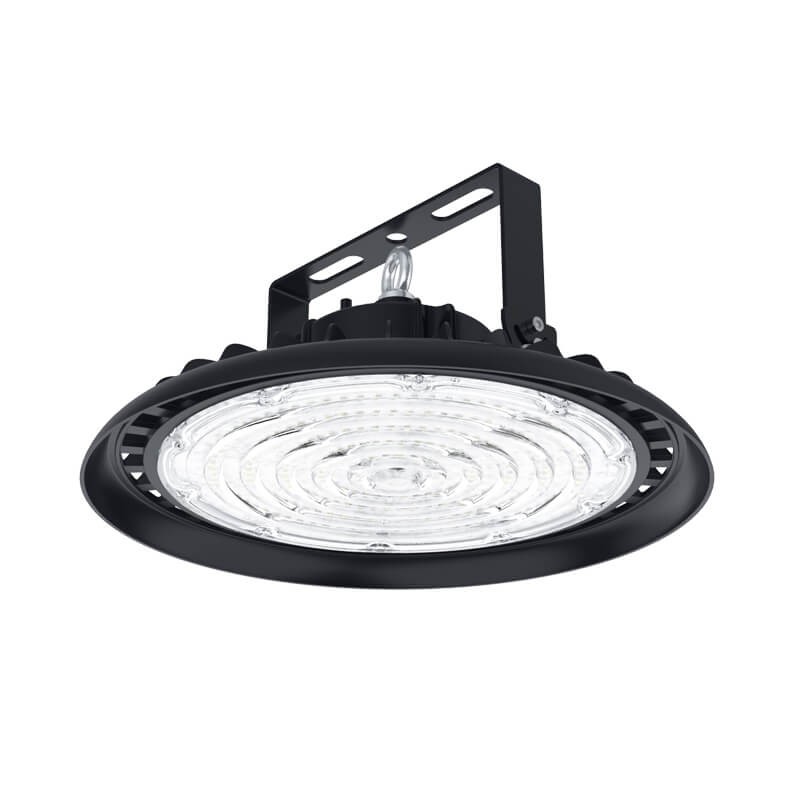Home » LED Shop Lights: Wholesale Custom Manufacturer In China
LED Shop Lights: Wholesale Custom Manufacturer In China
- Murcu has a wide range of LED shop lights that may be used for different retail and business applications.
- Our factory-direct prices mean you can get great LED shop lights without spending a lot of money.
- We have a full customization process that lets you make our LED shop lights fit your needs exactly.
- Murcu is happy to fulfill on OEM and ODM demands, so you may make your own designs come to life.
- We offer a complete, seamless service for all your LED shop lighting needs, from research and development to manufacture and delivery.
- Get a quick and free quote.
Types of LED Shop Lights
Murcu sells a wide variety of wholesale LED shop lights that may be used in many different places and for many different lighting needs. Our portable lights are easy to use and can be set up anywhere. Light towers, on the other hand, provide strong light for big outdoor areas or events. Our high bay lights provide bright, energy-efficient lighting for warehouses and stores with high ceilings. Flood lights are great for lighting up large areas outside, making sure people can see and be safe. Our stadium lights are also designed to give bright light for sports fields and arenas. Street lights, on the other hand, make roads and paths safer by lighting them up. Murcu is a dependable partner for all your LED lighting needs because each of these product kinds is made with quality and efficiency in mind.
Features of LED Shop Lights from Murcu
Murcu’s LED shop lights have innovative features that make performance and efficiency the top priority. Our lights have an amazing luminous efficacy of 200 lm/w, which means they save a lot of energy without losing brightness. They have an SDCM of more than 5, which means that the color quality stays the same, which makes it easier on the eyes when used for long periods of time. We have a range of beam angles—60°, 90°, and 120°—to fit varied shop layouts and lighting needs. Our products have a L70/B10 rating at 100,000 hours, which means they will last for years and work well. Our LED shop lights are also suited for both indoor and outdoor use because they have an IP65 weatherproof rating and can handle tough conditions. We offer a generous five-year warranty on all of our products, so you can be sure that your investment is of high quality and will last. Please get in touch with us today for a personalized estimate that meets your needs.
Advantages of LED Shop Lights at Murcu
High Efficiency
Our LED shop lights have a very high luminous efficacy of up to 200 lm/w, which means they give forth a lot of light while using less energy.
Long Lifespan
Our lights are built to last, and they may last up to 100,000 hours, so you can count on them to work well for many years.
Excellent Color Quality
Our lights have an SDCM of more than 5, which means that the colors stay the same, making your products look better and making your eyes less tired.
Versatile Beam Angles
Our store lights come in several beam angles, such as 60°, 90°, and 120°, so you can adjust the light to fit different spaces and layouts.
Durable Construction
Our LED shop lights are made with tough housing materials that make them survive a long time, even in tough environments.
Warranty Assurance
We offer a generous five-year warranty on our products, so you can be sure that your investment is safe.
Ready to make the switch to energy-efficient lighting
Custom LED Shop Light Options from Murcu
Design Flexibility
We provide customisable design options so that our LED store lights will fit in perfectly with your individual needs for style and function.
CRI
You can choose from different Color Rendering Index (CRI) ratings to make sure that your products stand out and make browsing more enjoyable for your customers.
Voltage
You may change the voltage level of our LED shop lights, so they can work with a wide range of electrical systems and uses.
Luminous Efficiency
We can change the luminous efficacy of our shop lights to get the most light out of them while using the least amount of electricity, depending on how much light you require.
Beam Angle
You can customize the beam angles to fit your lighting demands, whether you need close focus lighting or broad lighting.
Dimming or Sensor
We can add dimming and motion sensor features to give you more control and save energy.
We Customize LED Shop Lights Step By Step
Needs Analysis
We start by carefully looking at your individual lighting demands so that we can better grasp what you want and need.
Design Proposal
We make precise design specifications based on the investigation to make sure the lights match your needs.
Sample Review
We send you samples so you may check the quality and functioning before we start full production.
Production Scheduling
Once we have approval, we start making a lot of products while still keeping our high standards of quality and efficiency.
Quality Inspection
We inspect the quality of every lamp extremely carefully throughout production to make sure it matches our high standards for performance and durability.
Delivery Support
Finally, we work together to make sure that your custom LED shop lights get to you on time and in the way you want them, making sure you are happy every step of the way.
Your Custom LED Shop Lights Supplier
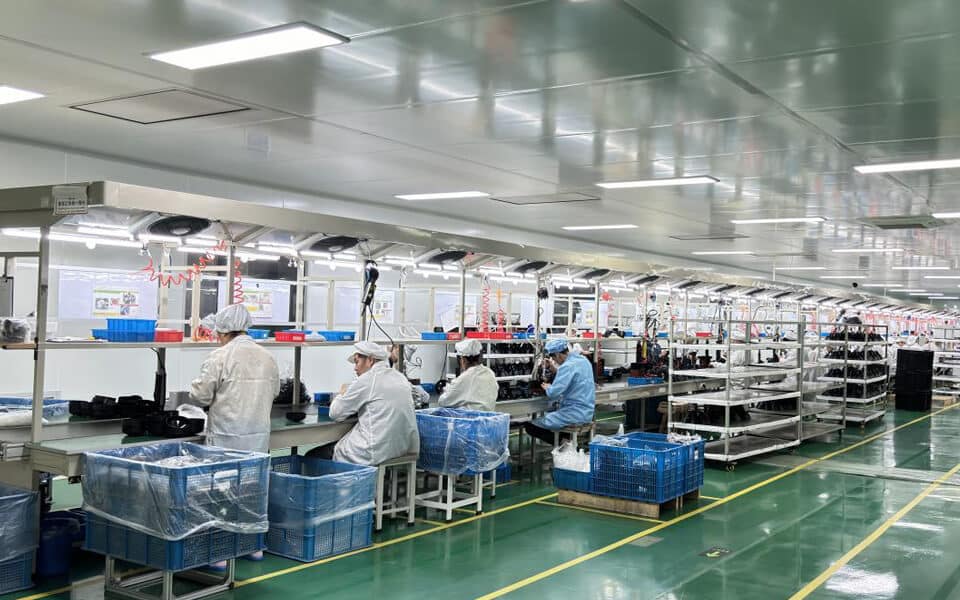
Murcu is proud to be your trusted source for custom LED shop lights. We provide a wide choice of solutions that are made to match the unique demands of your business. Our dedication to quality and new ideas means that every light we make works better, uses less energy, and lasts longer. We give you the power to make the best lighting solution for your space by letting you change the design, color rendering index, beam angles, and add advanced features like dimming and motion sensors.
Our knowledgeable team will help you with every stage of the customisation process, from figuring out what you need to delivering the finished product. Murcu can help you light up your retail area, warehouse, or workshop in a way that is both effective and efficient. Contact us today for a personalized quote and find out how our LED shop lights may improve your space. This is the first step toward changing the way you light your space.
Our Capabilities of LED Shop Lights Manufacturer
Murcu is a top manufacturer of LED shop lights and has all the skills needed to handle every part of the production process. We make sure that our goods satisfy the highest standards of quality and performance through cutting-edge design, advanced research and development, and strong production. Our OEM/ODM services let us work closely with clients to make their unique vision a reality. Our strict quality control systems make sure that each product is tested to the highest standards. Our effective order management system also makes it easy for you to keep track of your orders and makes the buying process easier.
Murcu also has dependable warehousing and logistics services to make sure that deliveries are made on time. Our guarantee and full after-sales services give you peace of mind even after the sale is over. We want you to be happy and are ready to accommodate your lighting needs. Get in touch with us today to find out more about how our skills can help your business grow.
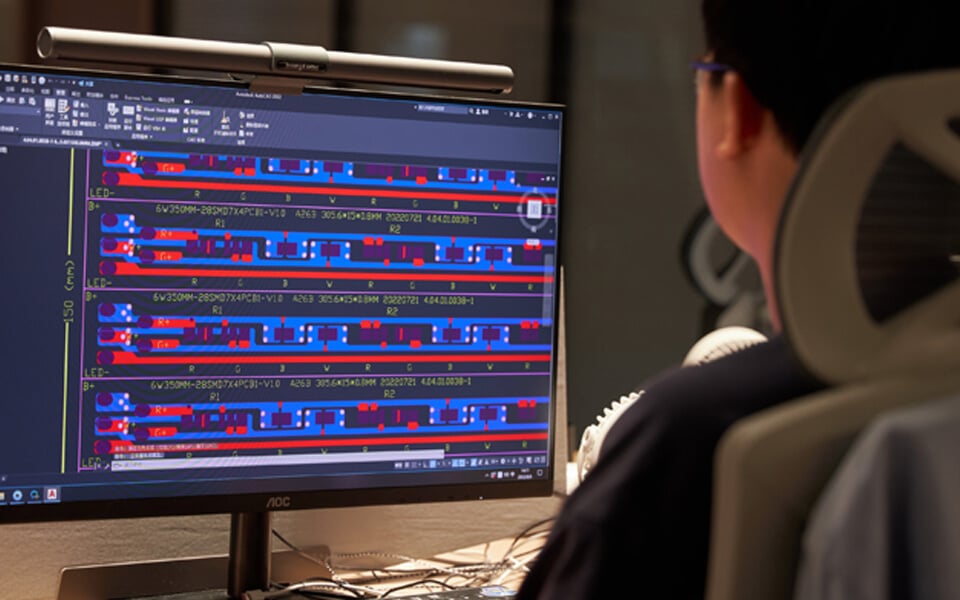
Why Choose Murcu for LED Shop Lights
Customized Solutions
We know that each business has its own lighting needs. We make sure you get lighting solutions that are just right for you by offering custom designs and a wide range of options.
High-Quality Products
The most important thing to us at Murcu is quality. We use only the best materials to make our lights, and we put them through strict quality control checks to make sure they work well and last a long time.
Expert Team
Our skilled staff will be with you every step of the way, from the first meeting to the design phase to production and after-sales support. Our goal is to help you succeed.
Competitive Pricing
We sell high-quality LED shop lights at prices that are hard to beat, so you can receive great value without sacrificing quality.
Fast Turnaround
Because of our fast manufacturing and shipping methods, we can get your orders to you immediately, which helps you get your business up and running swiftly.
SustainabilityFocus
We put eco-friendly methods first in our manufacturing processes, so you can choose lighting solutions that work well and are good for the environment.
Custom LED Shop Lights Manufacturer In China - Murcu
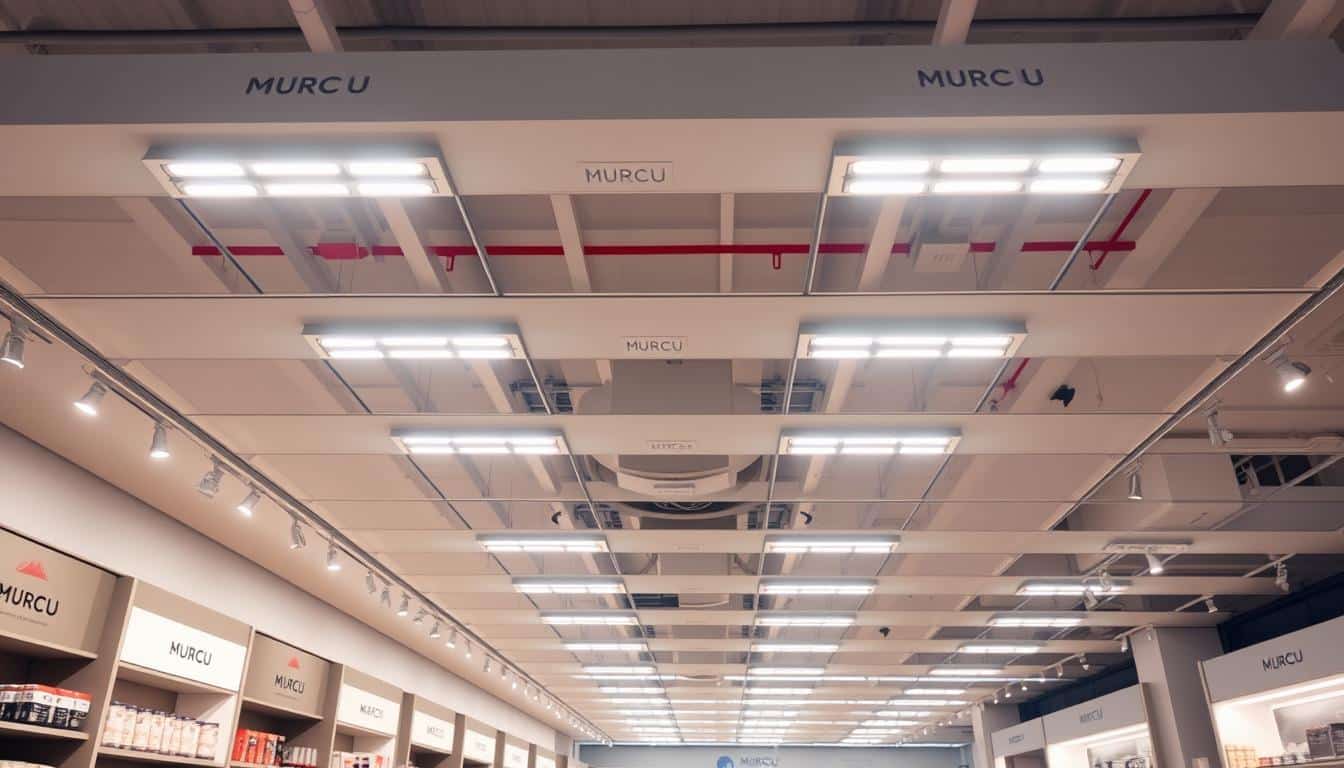
As a business owner, you’re always looking for methods to save money and get more done. You might not pay much attention to the lighting at your office. Led shop lights of good quality may make the work area much brighter and easier to see.
Murcu is one of the best companies that makes LED shop lights. We make tailored solutions for a lot of different fields. We make custom LED shop lights that provide you the best illumination. This makes your desk easier to see and more productive.
Businesses are selecting wholesale LED store lights because they save electricity. This helps them save money and make their workstations better.
Important Points
- High-quality LED shop lights make it easier to see and work.
- Different sectors can get custom lighting solutions.
- LED store lights that use less energy save money.
- Wholesale LED shop lights are a cheap way to solve the problem.
- The best LED shop lights make the whole work area better.
Introduction to LED Shop Lighting
LED shop lights have transformed the way we light up our offices. They last longer and work better than old lights. Let’s talk about what LED store lights are, how they work, and where you can find them.
What are LED shop lights?
Light Emitting Diodes (LEDs) are what make LED store lights work. They are meant to be used in areas like factories, warehouses, and retail. They save businesses money since they last longer and consume less energy than old lights.
Advantages of Using LED Shop Lights
LED store lights have several advantages. They save money over time since they consume less energy than old lights. They can also handle stress, vibration, and very high and low temperatures. Also, they endure a long time, so you don’t have to replace them as often, which saves you money on maintenance.
Common Uses and Applications
LED shop lights can be used in many ways. A lot of places employ them, such as:
- Storage and distribution centers
- Factories and manufacturing plants
- Stores and showrooms
- Kitchens and garages for businesses
These lights are helpful for a lot of things, like lighting up a big area or just one task. They make labor safer and more efficient.
Types of LED Shop Lights
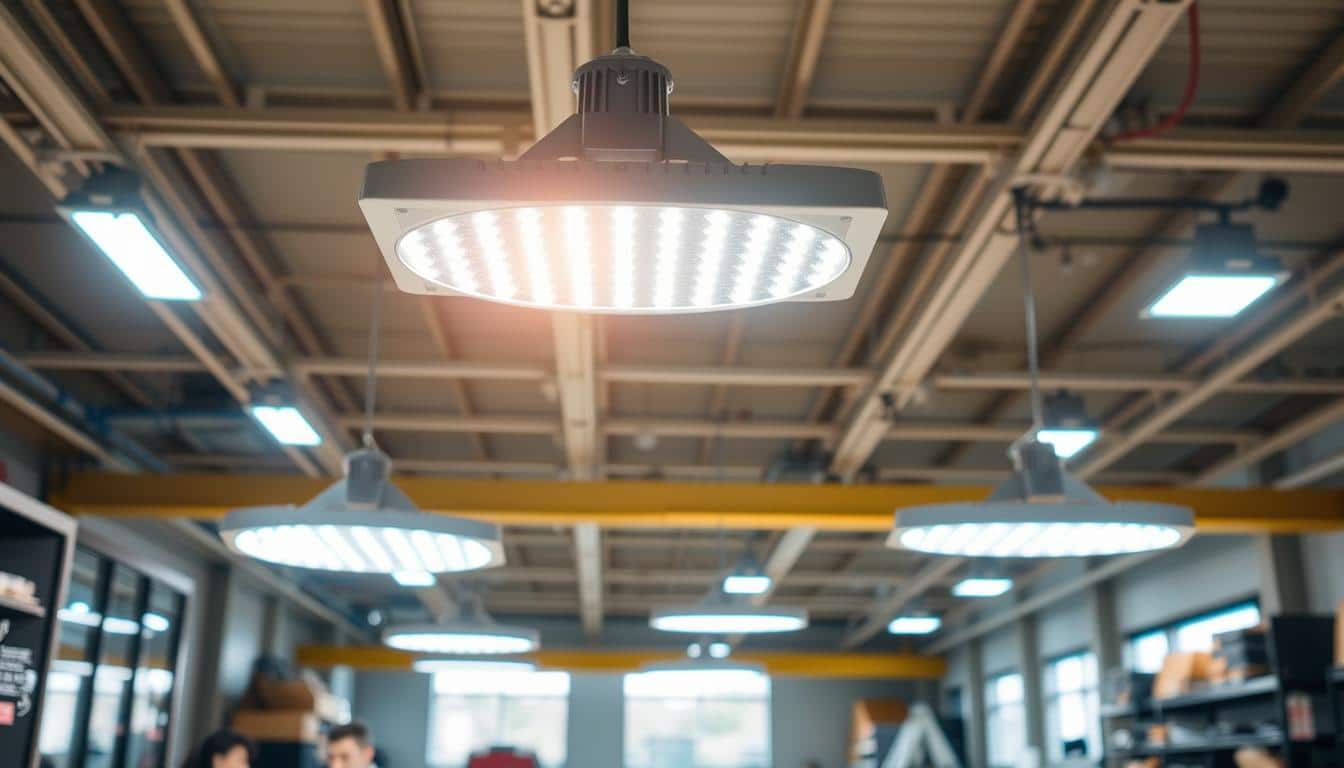
There are many various types and settings of LED shop lights, each for a distinct lighting purpose. Knowing the many types of LED shop lights is important, whether you have a tiny workshop or a vast warehouse. This helps you choose the finest lights for your room.
Integrated LED Fixtures vs. Retrofit Fixtures
There are two primary types of LED shop lighting: integrated fixtures and retrofit fixtures. LED fixtures that are integrated are units that have both LEDs and drivers built in. They work very well and are quite efficient. Retrofit fixtures replace outdated lights with LEDs, which is a cheap way to improve.
Murcu has a range of built-in LED lights for businesses including supermarkets and warehouses.
Linear / Strip-Style Shop Lights
LED store lights that are linear or strip-style are stylish and may be used in many ways. They work well for job lighting and fit in with a lot of different styles. Their thin shape makes them great for confined spaces or to make a light strip.
High Bay & Low Bay LED Shop Lights
The height and beam angle are what make high bay and low bay LED store lights different. High bay lights are for ceilings that are more than 20 feet high and shine light on work areas. Low bay lights are for ceilings that are less than 20 feet high and distribute light out more.
| Feature | High Bay LED Lights | Low Bay LED Lights |
|---|---|---|
| Mounting Height | Above 20 feet | Below 20 feet |
| Beam Angle | Narrower | Broader |
| Application | Large warehouses, factories | Smaller workshops, retail spaces |
Vapor-Proof or Moisture / Dust Resistant Fixtures
LED lights that are vapor-proof or resistant to moisture and dust are preferable for areas with these things. These fixtures keep out things that could hurt them, which makes sure they perform effectively and last a long time. For severe industrial situations, Murcu makes LED lights that don’t let vapor through.
“The appropriate illumination may change a workspace, making it safer and more productive. LED lights that are vapor-proof are a sign of how far lighting technology has come, as they last and work well in difficult conditions.”
Businesses can pick the right LED shop lights if they know what they are. This makes sure they get the optimal light for what they need.
Key Features & Specifications to Consider for LED Shop Lighting
Picking the correct LED shop lighting is important for a better work area. You should know what features and specs are important. This makes sure that the lighting are ideal for your workspace.
Light Output and Brightness/Lumens
Not watts, but lumens, measure how brilliant LED shop lights are. More lumens means a brighter light. So, choose the proper amount of lumens for your location and the things you need to do. You might need more lumens for thorough work.
Color Rendering Index (CRI) and Color Temperature
The color temperature in Kelvin (K) impacts how your workspace feels. You can choose between warm white (2700K–3000K) and cool white (3500K–5000K). The Color Rendering Index (CRI) tells you how well a light shows colors. A high CRI is excellent for jobs that need to be color accurate.
Light Distribution and Beam Angle
The beam angle illustrates how light moves about in your room. A wider beam angle is good for big spaces. For focused lighting, a smaller beam is desirable. This information helps you get more equal lighting and less shadows.
Efficiency, Wattage & Energy Cost Savings
LED shop lights use relatively little electricity. Less energy use implies lower wattage, which saves money over time. For the best efficiency, make sure the wattage and lumens are the same.
Businesses can choose LED shop lights by looking at these important characteristics and specs. These lights help you get more done and save money on energy. This makes your work area more efficient and eco-friendly.
Installation, Layout & Mounting of LED Shop Lights

The best way to get the most out of LED shop lights is to install them correctly. It makes sure they perform well and are safe. This makes the light even all throughout the work area.
Choices for Mounting
You may place LED store lights in a lot of different ways, such as on the wall, on a track, or suspended. The best decision relies on the necessities of the workstation, such as the height of the ceiling and the work that needs to be done there.
Correct Spacing and Layout
You need to carefully plan where to set the lights to get even lighting. The idea is to diffuse the light equally so that there are no shadows or glare.
The distance between the lights depends on how bright they are, how high the ceiling is, and what you need to do. This makes sure that the light covers the region effectively.
Wiring, Retrofit Kits, and Changing out old Fixtures
When you set up LED shop lights, think about how they will be wired and how much power they will need. Retrofit kits make it easier to switch to LED by cutting down on the need to rewire.
Best Practices for Installation and Safety Tips
When putting up LED shop lights, it’s crucial to follow the best practices and safety guidelines. This involves turning off the power, putting on safety gear, and following the instructions from the maker.
| Mounting Option | Description | Ideal Use Case |
|---|---|---|
| Suspended | Hangs from the ceiling, adjustable height | High ceilings, warehouses |
| Flush | Mounts directly to the ceiling, sleek design | Offices, retail spaces |
| Track | Mounts to a track system, adjustable positioning | Spaces requiring flexible lighting, galleries |
| Wall | Mounts directly to the wall | Task lighting, corridors |
Other Useful Features & Add-Ons for LED Shop Lighting
There are a lot of handy features and extras that come with modern LED store lights. These can improve the illumination in your office and make it more useful.
Controls and Dimming
One important thing to look for in LED store lights is that they can be dimmed. You can change the brightness as needed. This is useful for situations where the lights change a lot.
The controls for LED store lights are different. They might be basic dimmer switches or more complex smart controls. Some controls can be operated from a distance or using a system that manages buildings. Some common choices are:
- Remote controllers for changing the color temperature and brightness
- Motion sensors that turn lights on or off depending on who is in the room
- Timers that turn lights on and off dependent on the time of day or how many people are in the room
Fixtures that can be Linked or Daisy-Chained
Another important feature is the ability to connect or daisy-chain LED shop lights. It makes it easy to install and may save money on wiring. You can connect linkable LED shop lights in a series and control them with one switch or device.
Selectable Color Temp or Multiple Settings in One Fixture
You can change the color temperature or settings on some LED store lights. This enables you change the lights to fit different tasks or emotions. A cooler color, for instance, can be better for concentrating on work, while a warmer color might help you relax.
When choosing LED store lights, keep these added advantages in mind. Dimmability, linkability, and customizable color temperatures are some features that can make your workspace more comfortable, efficient, and well-lit.
How to Choose the Right LED Shop Lighting for Your Workspace
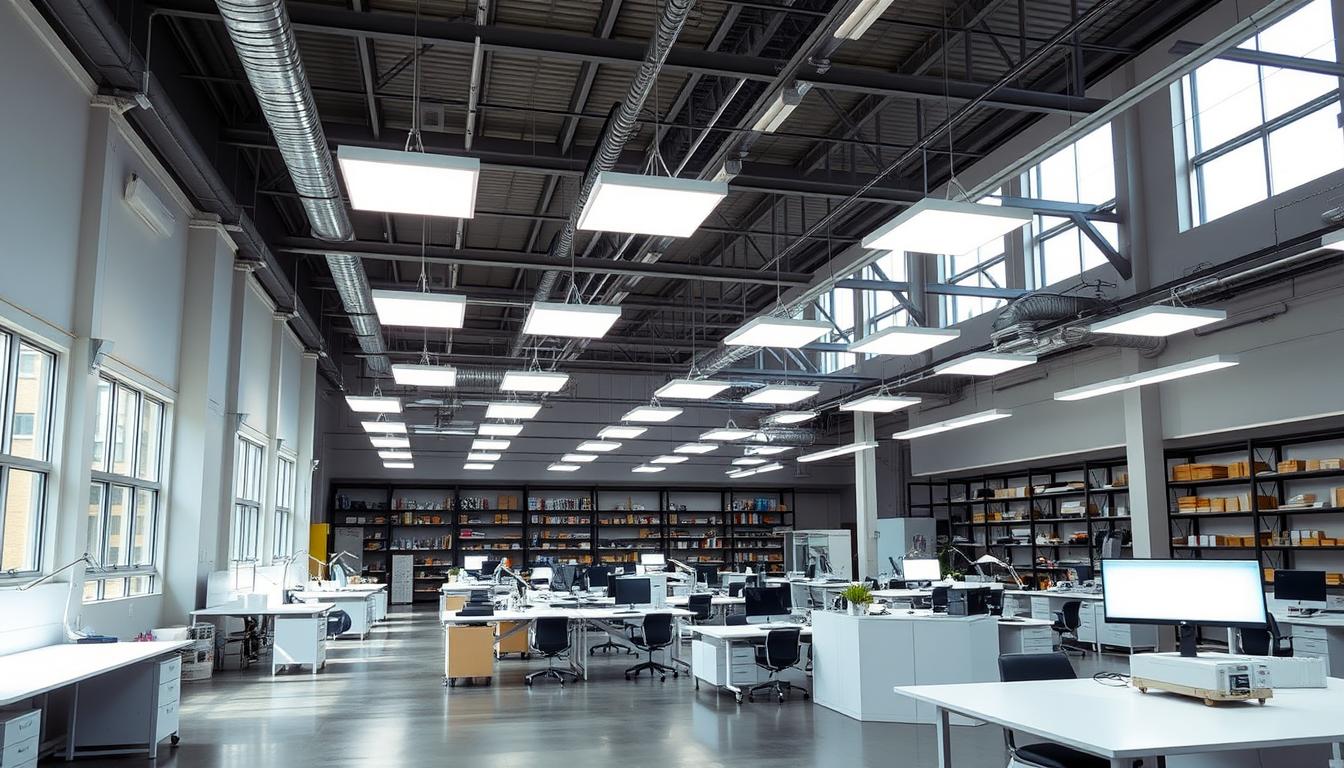
To pick the best LED shop lights, you need to think about your workspace and the kind of light you require. There are a lot of variables you need to think about that determine how well and efficiently your LED lights function.
Assessing Your Workspace
You should look at your workstation before choosing LED shop lights. Check the height of the ceiling, the size of the room, and the work you conduct there. For instance, high ceilings might demand high bay lights, whereas lower ceilings might need low bay or linear lights. Knowing your work space thoroughly will help you choose the best LED lights.
Finding out how many Lumens or Brightness Levels you need
To have good illumination, you need to know how many lumens you require. The amount of light needed depends on what you’re doing. For instance, putting together gadgets needs more lumens than just putting things away. Find out how many lumens you need by figuring out the size of your workplace and the jobs you need to do.
Budget vs Long-Term Cost
When choosing LED shop lights, think about how much they will cost today and in the future. LED lights may cost more at first than old lights, but they last longer and use less energy. This implies you will save money in the long run. To make a smart choice, look at the whole cost, which includes energy and upkeep.
Matching Light to Task / Workspace Needs
It’s also crucial to make sure the light fits your work space. Consider the color temperature and color rendering index (CRI). A high CRI is preferable for applications that need exact colors, like design work. Adjusting the lighting to your needs makes you more productive and safer.
Maintenance, Safety, & Longevity of Shop Lighting
It’s important to take care of LED store lighting. It’s necessary to take care of things and observe safety guidelines. This manner, the lights stay longer and operate better, keeping you safe and giving you consistent light.
Lifespan of LEDs and Lumen Maintenance Over Time
LED shop lights are renowned to survive a long time, perhaps even 50,000 hours or more. But over time, they can becoming less dazzling. You need to know how to keep their light powerful for a long time.
| Lumen Maintenance Rating | Description | Expected Lifespan |
|---|---|---|
| L70 | Maintains 70% of initial lumens | 50,000 hours |
| L80 | Maintains 80% of initial lumens | 30,000 hours |
| L90 | Maintains 90% of initial lumens | 25,000 hours |
Researchers found that LEDs stay bright for a long period. At 30,000 hours, high-quality LEDs can still give off 90% of their light.
“LEDs are a good choice for commercial lighting because they last a long time and use less energy.” – Report on the LED lighting industry
Taking care of, Cleaning, and Maintaining Fixtures
You have to clean your LED shop lights a lot. They might not work as well if they are dirty or dusty. Before cleaning, turn off the lights and let them cool off. Don’t use harsh chemicals that could hurt the LEDs; instead, clean with a delicate cloth and mild soap.
Safety Consideration
Safety is the most important thing to think about while using LED shop lights. Follow the manufacturer’s installation instructions and make sure all electrical connections are tight. Pick fixtures that can handle dust and moisture well.
- Make sure the electrical insulation and grounding are correct.
- Don’t let too much dust or moisture get on you.
- Follow the manufacturer’s instructions for how to install and care for the product.
You can get the most out of your LED shop lights by paying attention to safety, maintenance, and longevity. This makes sure that the workplace is well-lit and safe.
Learn more about maintenance of lighting in this article → maintenance and longevity of LED lighting.
The Bottom Line
We have looked into LED shop lights, including its pros and cons, different types, functions, and how to put them up. Let’s just go over the important elements again. This will help you choose the best LED lights for your work area.
Keep these guidelines in mind to get the most out of your LED shop lights. First, take a look around your work area. Then, decide how many lumens you need. Pick the proper CRI and color temperature. Also, be sure to observe safety rules, install, and keep everything up to date.
A Quick List of Things to Do Before Buying LED Shop Lights
- Use this list to help you buy led shop lights:
- Find out what kind of lighting and workspace you need.
- Pick the proper kind of LED store light, like linear, high bay, low bay, etc.
- Think about how dimmable, how easy it is to use, and how easy it is to link.
- Find out how long the product will last, how much energy it uses, and what kind of warranty it has.
- Look at prices at stores like Walmart and Rural King and compare them.
You will make a good choice if you follow this guidance and checklist. You can find the best LED shop lights for your business.
LED Shop Lights FAQs
What are the advantages of employing LED lighting in stores?
LED shop lights use less energy and last a long time. They can also last a long time. This is why they are a good solution for companies who want to save money.
What kinds of LED lights for shops are there?
We have a lot of LED lights for shops. You can buy high- and low-bay lights, linear lights, and integrated fixtures. We also have fittings that are safe against vapor for different purposes.
How do I pick the best LED shop light for my work area?
Consider your budget, the height of your ceiling, and the work you do. Check out your room to see how bright and lumens you need.
What should I look for in LED store lights?
Check the brightness, color temperature, and angle of the beam. Also, make sure they don’t use too much energy. Remember to think about things like dimmability and linkability.
How can I keep my LED store lights in good shape and clean?
To help your LED lights last longer, clean them often. Follow the manufacturer’s cleaning and care instructions every time.
Are store lights with LEDs safe to use?
Yes, LED lights are safe. But you need to install and take care of them the right way. This makes sure things work safely.
Is it possible to dim my LED shop lights?
You can dim some LED lights. Check to see whether your light can be dimmed and if it works with your dimmer system.
How long do LED store lights last?
LED lights last for a long period. They can last for 25,000 to 50,000 hours or longer. This depends on the kind and quality of the light.
Can I connect more than one LED store light together?
Yes, you can connect some LED lights to each other. Make sure your lights can be linked together.
How much money can you save on your energy costs by utilizing LED shop lights?
Because they use less energy, they can help you save money. The amount of money you save will depend on the light, how often you use it, and the cost of energy in your area.
